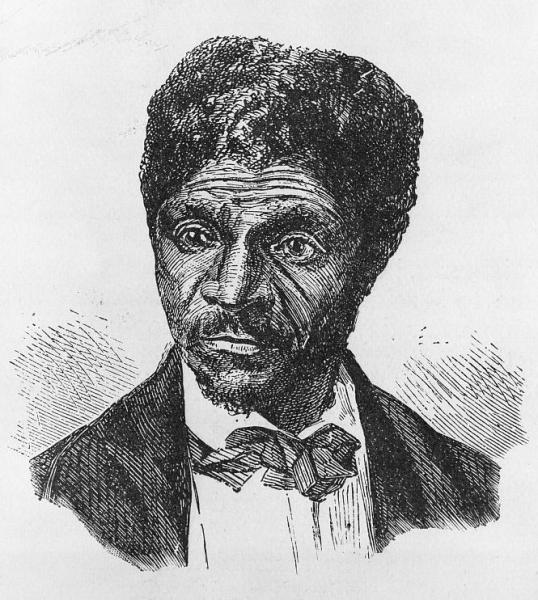In the landmark U.S. Supreme Court case, Dred Scott v. John F.A. Sandford, the majority rules against a slave, Dred Scott, who had sued for his freedom based on the fact that his master had taken him to live where slavery was illegal. He lives in Illinois and Wisconsin Territory (later a part of Minnesota), both of which are free states, before moving to St. Louis with his master, Dr. John Emerson. In St. Louis, Scott sues his present owner, John F. A. Sanford, for his freedom, and the case reaches the Supreme Court, which rules against Scott. (In naming the case Dred Scott v. Sandford, the court accidentally misspells Sanford's name.) The ruling, handed down by Chief Justice Roger B. Taney, invalidates parts of the 1820 Missouri Compromise and impedes the federal government's authority to ban or allow slavery in the states, along with invalidating the ability of the government to enact compromises over slavery between the North and South. It is only the second time the court rules a federal law unconstitutional, and the ruling has profound consequences for the growing divisions between North and South. Northerners fear that this ruling will make slavery legal throughout the United States. The resulting uncertainty over the future of Western settlement (whether all territories would collapse into violence as did "Bleeding Kansas") also contributes to the Panic of 1857.
Friday, March 6, 1857


